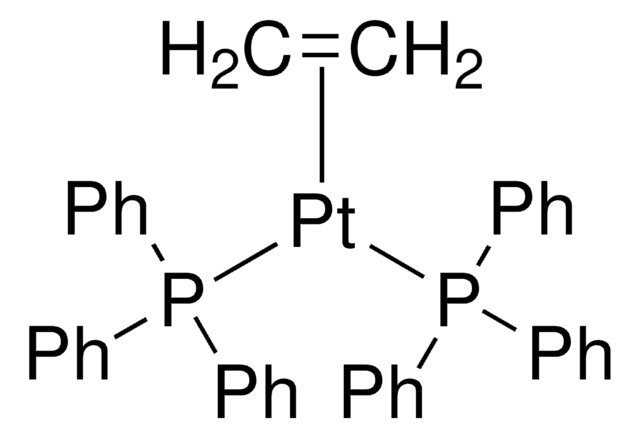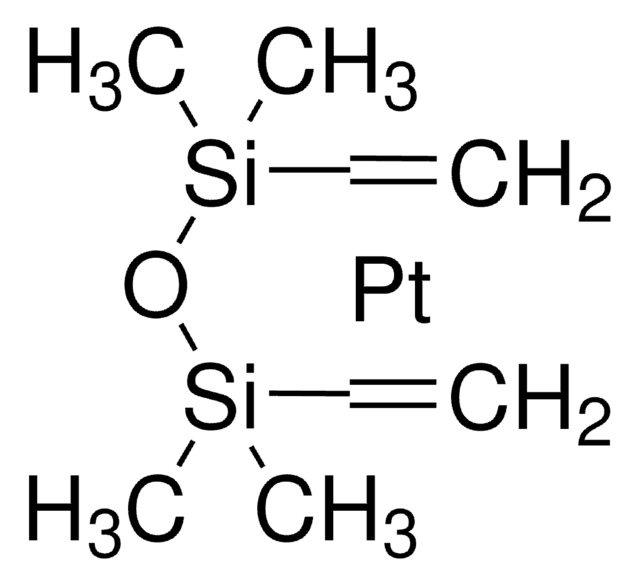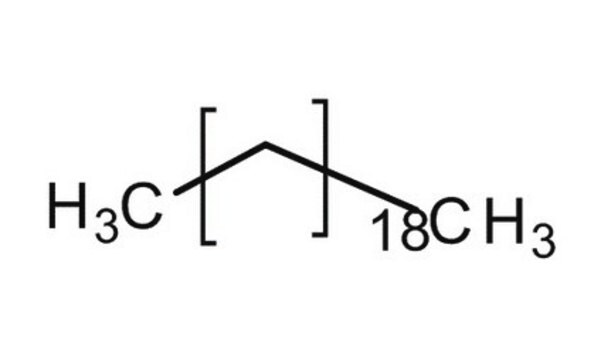286052
Heneicosane
98%
Sinónimos:
n-Heneicosane
About This Item
Productos recomendados
vapor density
10.3 (vs air)
Quality Level
vapor pressure
<1 mmHg ( 20 °C)
assay
98%
form
solid
bp
100 °C/2 mmHg (lit.)
356.1 °C/760 mmHg
mp
39-41 °C (lit.)
SMILES string
CCCCCCCCCCCCCCCCCCCCC
InChI
1S/C21H44/c1-3-5-7-9-11-13-15-17-19-21-20-18-16-14-12-10-8-6-4-2/h3-21H2,1-2H3
InChI key
FNAZRRHPUDJQCJ-UHFFFAOYSA-N
¿Está buscando productos similares? Visita Guía de comparación de productos
General description
Storage Class
11 - Combustible Solids
wgk_germany
WGK 3
flash_point_f
235.4 °F - closed cup
flash_point_c
113 °C - closed cup
ppe
Eyeshields, Gloves, type N95 (US)
Elija entre una de las versiones más recientes:
¿Ya tiene este producto?
Encuentre la documentación para los productos que ha comprado recientemente en la Biblioteca de documentos.
Los clientes también vieron
Nuestro equipo de científicos tiene experiencia en todas las áreas de investigación: Ciencias de la vida, Ciencia de los materiales, Síntesis química, Cromatografía, Analítica y muchas otras.
Póngase en contacto con el Servicio técnico














